A lithium-doped carbon material is developed as an anode that can enhance the lithium storage capacity in lithium-ion batteries.
![Maximizing the Storage Capacity of Lithium in Carbon Materials [Video]](https://www.advancedsciencenews.com/wp-content/uploads/2018/05/smll201704394_ASN_image.jpg)
![Maximizing the Storage Capacity of Lithium in Carbon Materials [Video]](https://www.advancedsciencenews.com/wp-content/uploads/2018/05/smll201704394_ASN_image.jpg)
A lithium-doped carbon material is developed as an anode that can enhance the lithium storage capacity in lithium-ion batteries.
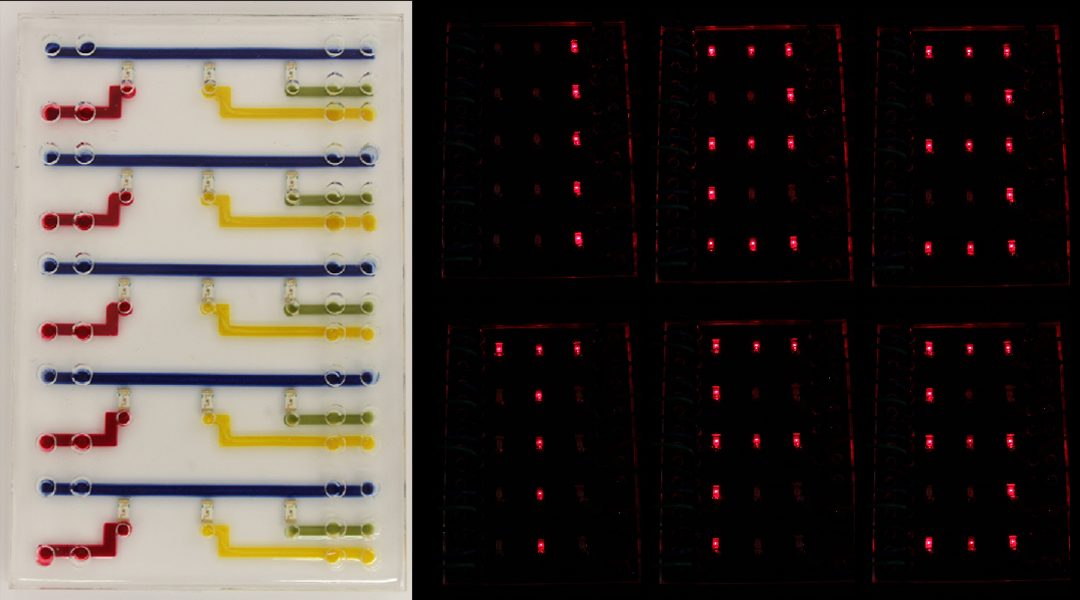
Complex, aqueous-stable, hydrogel ionic circuits towards transparent, flexible, biocompatible bioelectronic devices.
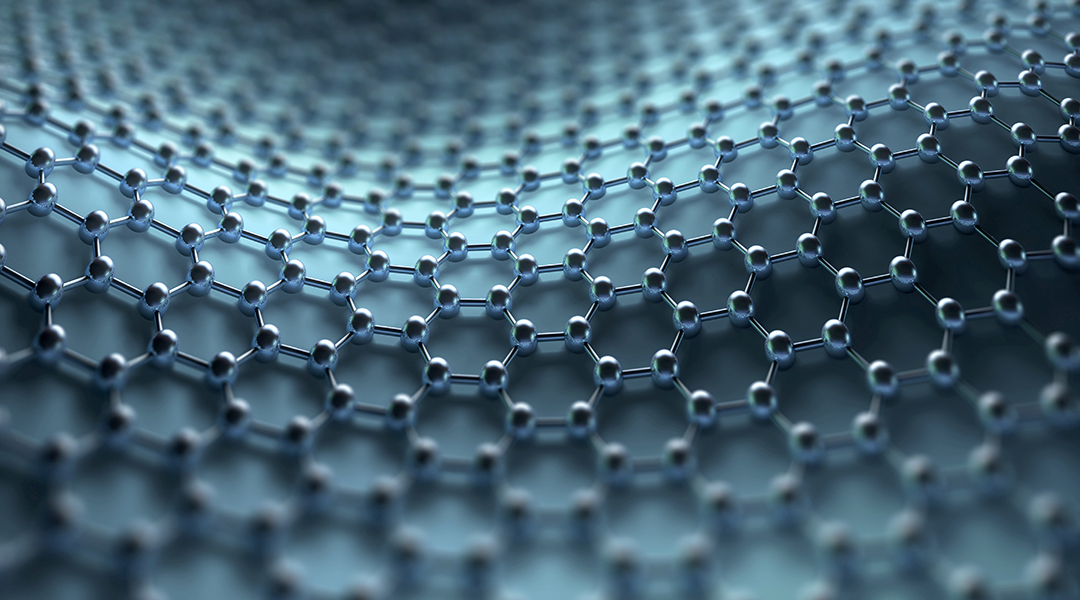
A new method to improve the mechanical durability of graphene films based on the introduction of chemically-attachable nanometer-thick organic patches onto a graphene surface is reported.
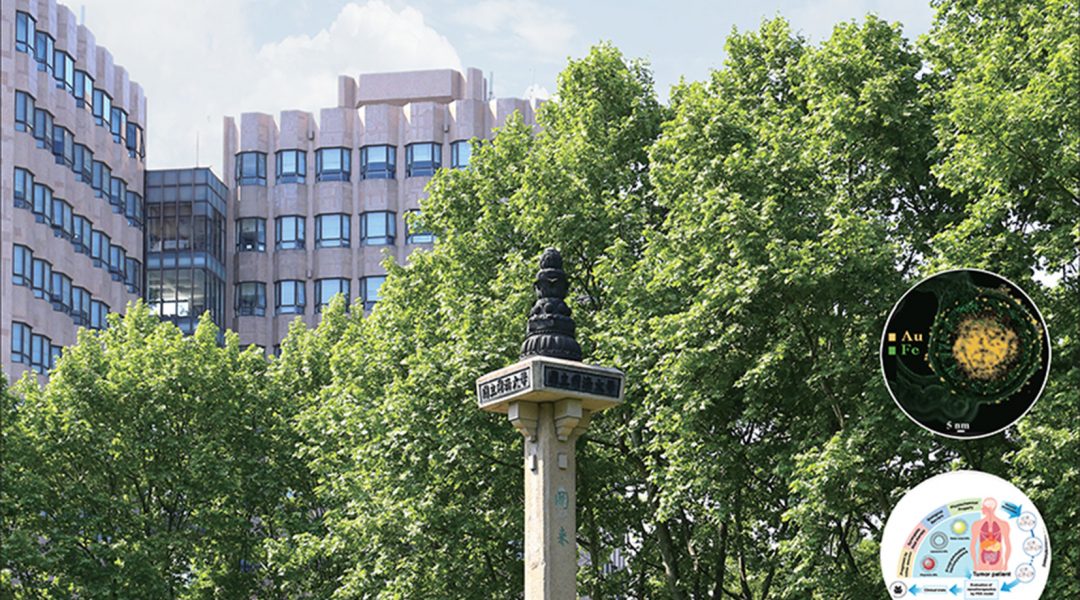
Guest-edited by Yunhui Huang, the special issue “110th Anniversary of Tongji University” in Advanced Materials celebrates the long tradition of Tongji University and some of its top materials scientists.
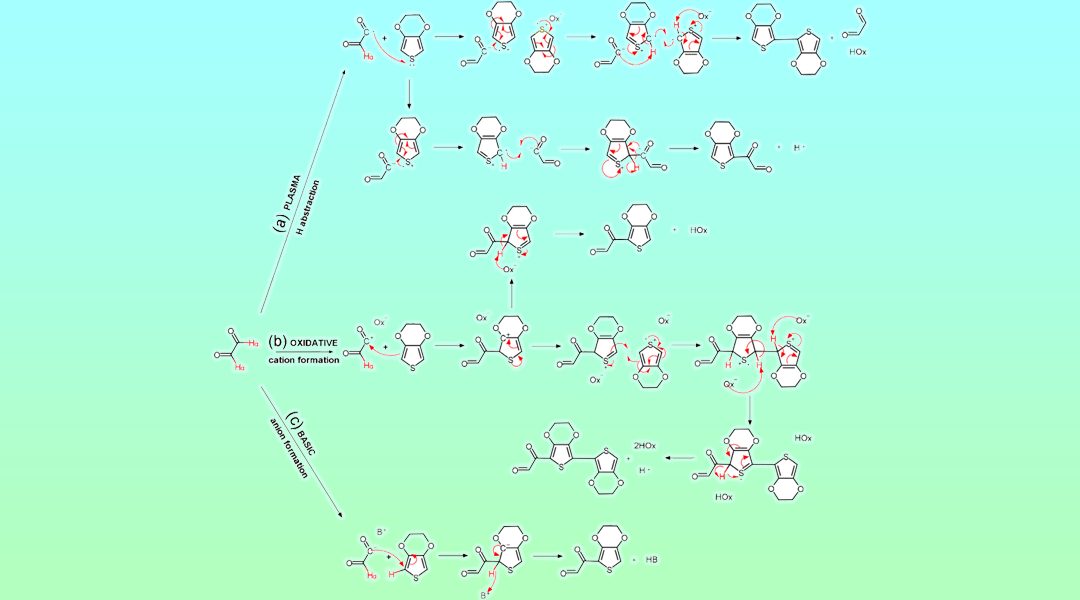
A research team from the institute for Materials Research and Technology in Luxembourg created a simple and easily scalable approach toward the simultaneous synthesis and deposition of conducting plasma‐polymerized 3,4‐ethylenedioxythiophene (ppEDOT) coatings.

Camouflage, illusion or cloaking devices, once deeply rooted in science-fiction, can make an object appear “invisible”. A novel technique for thermal illusion meta-devices is reported.
![Moisture-Resistant Perovskite Solar Cells Based on Low-Cost Dye [Video]](https://www.advancedsciencenews.com/wp-content/uploads/2018/04/aenm201703007_ASN_image.jpg)
Dopant-free, moisture-resistant hole-transport materials (HTMs) for perovskite solar cells based on derivatives of the dye anthanthrone (ANT) are developed by Sagar M. Jain from Swansea University Bay Campus, Prashant Sonar from Queensland University of Technology, and co-workers.
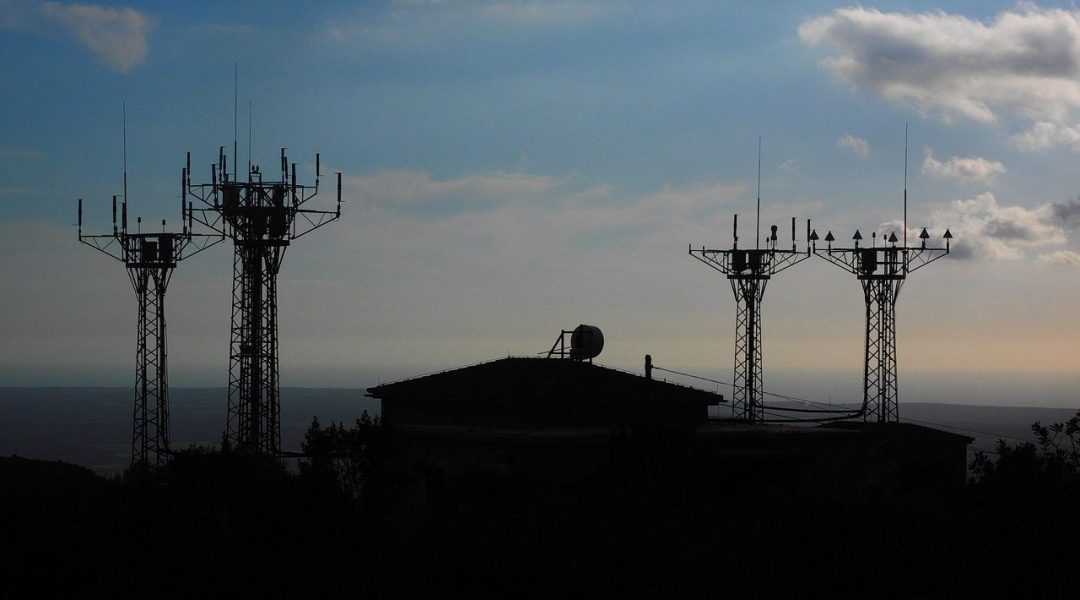
A novel way to measure rainfall, namely using microwave links from cellular communication networks as path-average rain gauges, is discussed.

LiFi is a novel two-way, high-speed wireless technology similar to WiFi but uses light waves instead of radio waves to transmit data.
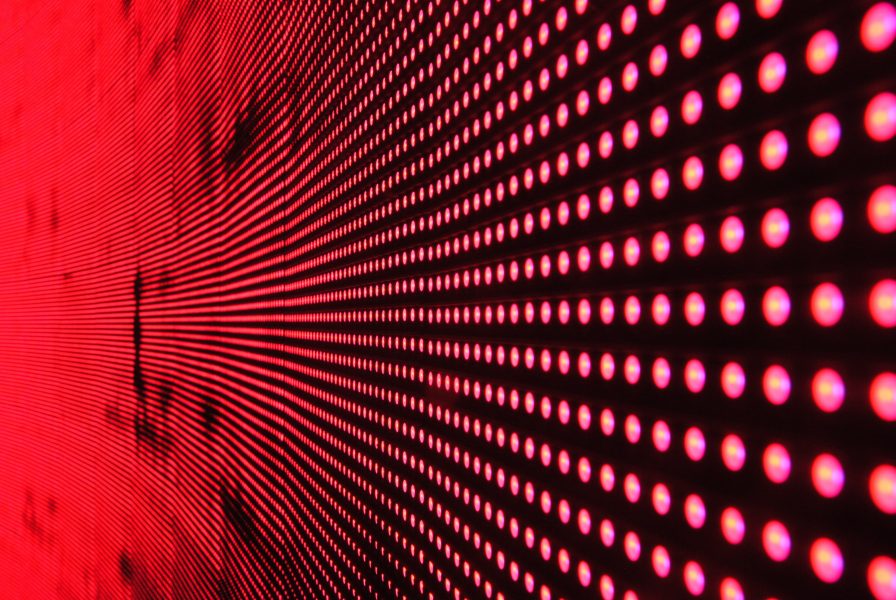
Highly efficient and spectrally stable red perovskite LEDs developed by researchers at Florida State University.